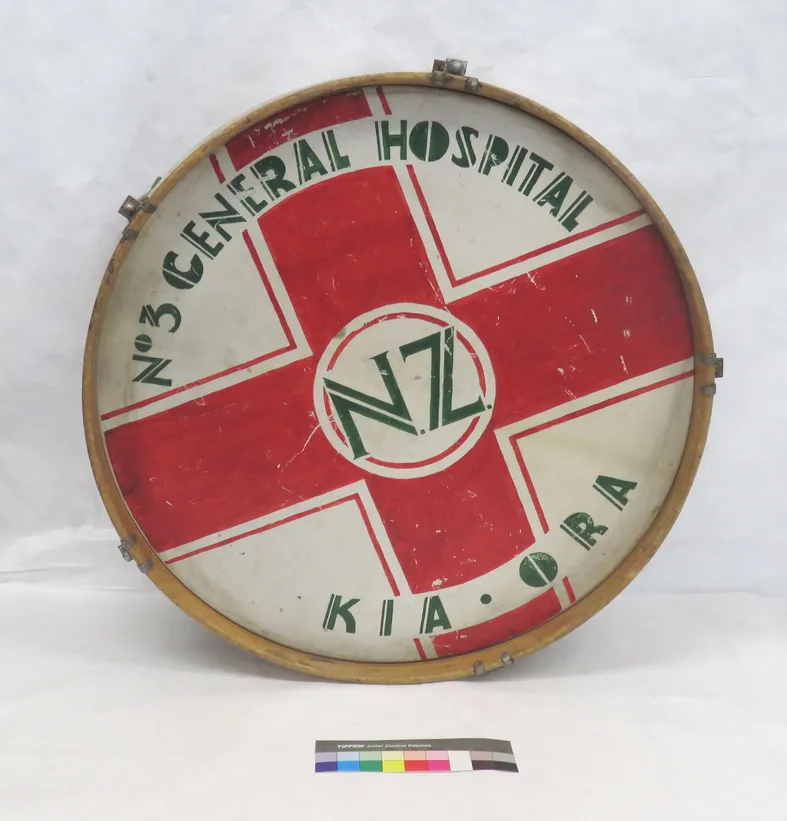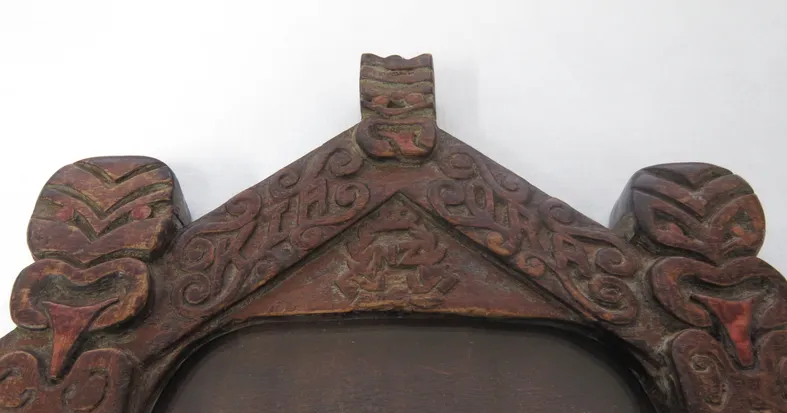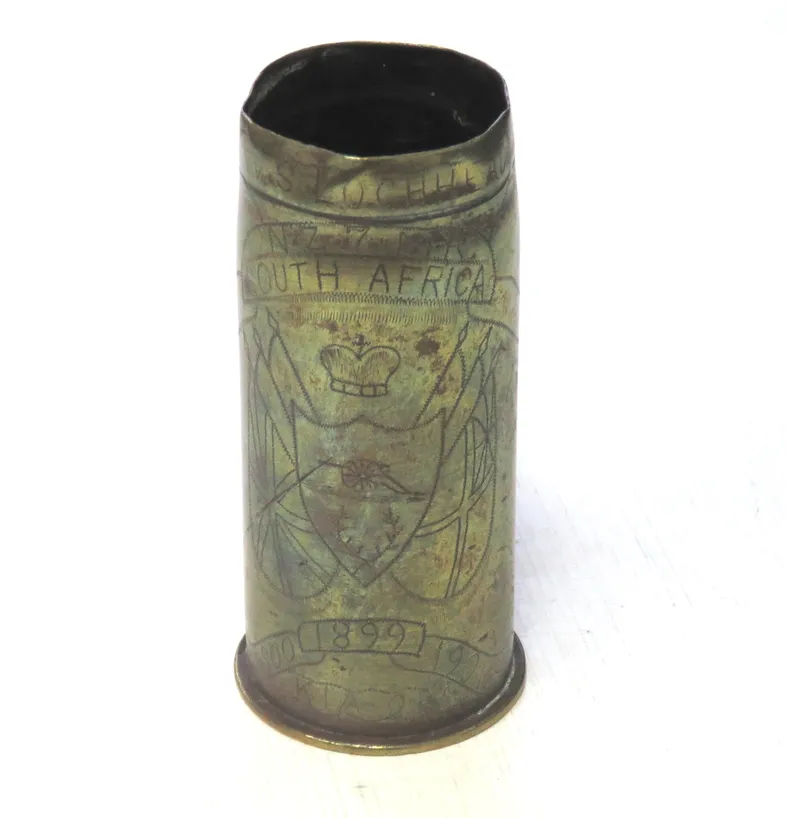Te Wiki o te Reo Māori (Māori Language Week) offers an important opportunity to celebrate and learn more about this taonga - te reo Māori. From greetings like "kia ora" to place names and phrases, te reo Māori is becoming increasingly spoken and written with many adult and child learners attending te reo classes to get a better grasp on this once-threatened language.
One of the most widely recognised te reo words, "kia ora," was one of the first Māori words to appear on commercial and cultural items. Kia ora can be used to wish somebody life and health —the word ora meaning life, health and vitality. During New Zealand’s colonial period, te reo Māori was an essential tool for settlers, particularly for trade and building relationships. As English became more dominant over time, many Māori words, including "kia ora," persisted, weaving themselves into the national lexicon and identity.
By the late 19th century, te reo Māori had become familiar to Pākehā born in New Zealand, and the nation was often referred to as "Māoriland." This era saw a surge in national symbols like the kiwi and an emergence of this growing nation’s cultural identity. Historical objects reveal how expressions like "kia ora" were often used on NZ-produced military items that traveled abroad, perhaps as a way of indicating their unique cultural identity within the wider British Commonwealth
Te Wiki o te Reo Māori reminds us of the deep connection Aotearoa has to the language. In 2024 Te Taura Whiri i te Reo Māori (the Māori Language Commission) chose the theme 'Ake Ake Ake – A Forever Language.’ The theme highlights the resilience and adaptability of te reo Māori, urging all New Zealanders to embrace it for generations to come.
Te Wiki o te Reo Māori invites everyone to nurture this precious taonga as a permanent and evolving part of the nation’s cultural landscape.

Title: Bass Drum, No 3 General Hospital, World War II
Museum Accession Number: 1989.1263
Contributor: National Army Museum Te Mata Toa.
Description: This wooden bass drum is believed to have been used as part of the band at Number 3 New Zealand General Hospital in Italy during World War II. This hospital was established in March 1941 and was originally based at Helmeih, near Cairo, Egypt before later moving to Syria and then on to Tripoli in Libya as the campaign in North Africa progressed. After the allied victory in May 1943, the hospital moved with the New Zealand troops over to Italy where it was based at Bari on the southern coast for the remainder of the war. Music, often provided by a marching band, was an excellent way in which to raise the spirit of the sick and injured patients who would often feel frustrated and helpless at being confined to a hospital bed and not being able to join their mates in the front lines.

Title: Carved Picture Frame, Private R S Ingram, World War II
Museum Accession Number: 2016.299.3
Contributor: National Army Museum Te Mata Toa.
Description: This is a carved wooden picture frame that resembles a Māori wharenui (meeting house). The words “KI-ORA” are carved along the top, and “AO-TE-A-ROA” is at the bottom. It was made in 1942 by Private Ronald Samuel (Ron) Ingram, who served in World War II as an orderly with the New Zealand Medical Corps. After being captured in Greece in April 1941, he was held as a POW in Stalag 344, a German camp in Poland, where he carved this frame.

Title: Shell Case, Trench Art, Private W S Lockhead, Boer War
Museum Accession Number: 1987.2360
Contributor: National Army Museum Te Mata Toa.
Description: This brass shell casing is decorated with an artillery emblem, featuring the Queen’s crown and crossed flags. Along the bottom edges, the word “KI-ORA” is engraved, showing an early use of a distinctly New Zealand phrase, before the country had fully embraced its unique identity beyond being a loyal dominion of the United Kingdom . The shell belonged to Private William Stewart Lockhead, who served in the Boer War as part of the 25th (Otago) Company of the 7th Contingent. He was wounded in action at Muller’s Drift in December 1901 and spent two months in the hospital before returning to New Zealand.

Title: Matchbox Cover, WOI H E Luskie, Jayforce
Museum Accession Number: 1996.562
Contributor: National Army Museum Te Mata Toa.
Description: This metal matchbox cover is decorated with the 2nd New Zealand Expeditionary Force (2NZEF) “Onward” emblem on the front. On the spine, there’s an image of a tiki with the words “Kia Ora.” While tiki emblems appeared on similar covers from World War I, the use of "Kia Ora" was only added during World War II. This particular cover belonged to Warrant Officer Class I (WOI) Henry Eric Luskie, who served with the 22nd Infantry Regiment in Japan as part of the Japanese Occupation Force (Jayforce) in the late 1940s.
-

-
Taonga | Item
Two soldiers and Maori with coke drinks ['Have a coke - Kia Ora']
Te Rua Mahara o te Kāwanatanga, Archives New Zealand
-
